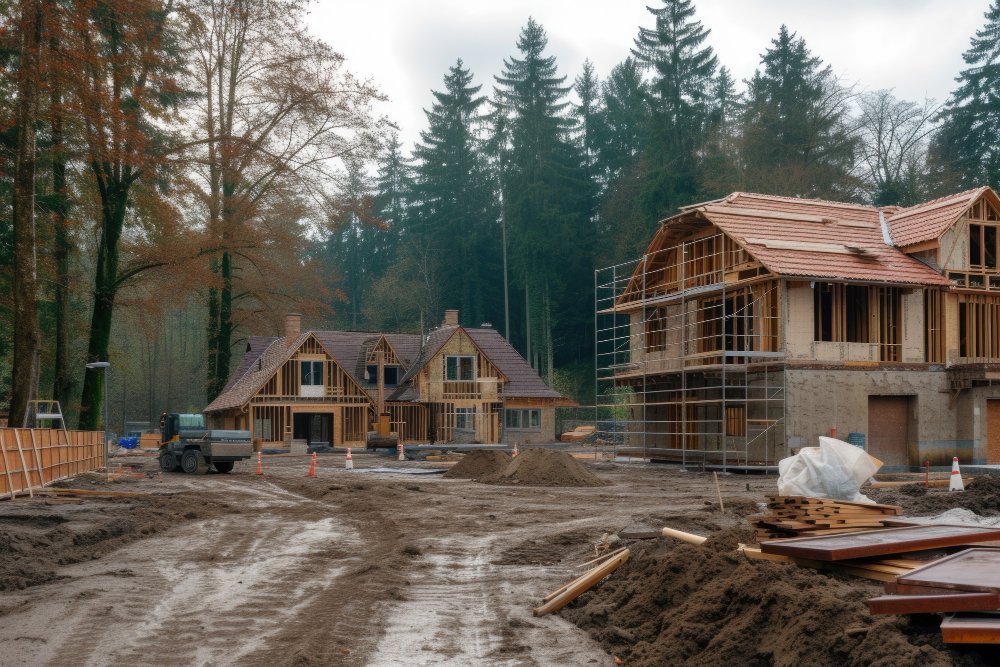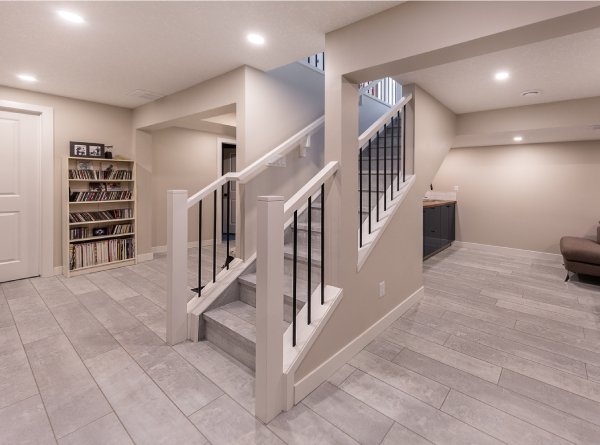Common Mistakes to Avoid When Building a Home Addition.
When considering a home addition, the excitement of expanding your living space often overshadows the challenges that come with it. Whether you’re adding an extra bedroom, a new kitchen, or a cozy family room, the process is far more complex than it may initially seem. From planning and design to permits and construction, numerous pitfalls can turn your dream project into a stressful experience. In this guide, we’ll explore the most common mistakes to avoid when building a home addition, ensuring your project runs smoothly and efficiently.
1. Skipping the Planning Phase
One of the biggest mistakes homeowners make when building a home addition is jumping into the project without a clear plan. Detailed planning is the foundation of any successful construction project. This phase includes determining the scope, budget, and design, as well as identifying any potential roadblocks. A comprehensive plan will save you time, money, and stress down the road.
Why Planning Matters:
- Prevents budget overruns
- Ensures the design meets your needs
- Helps you avoid unnecessary changes during construction
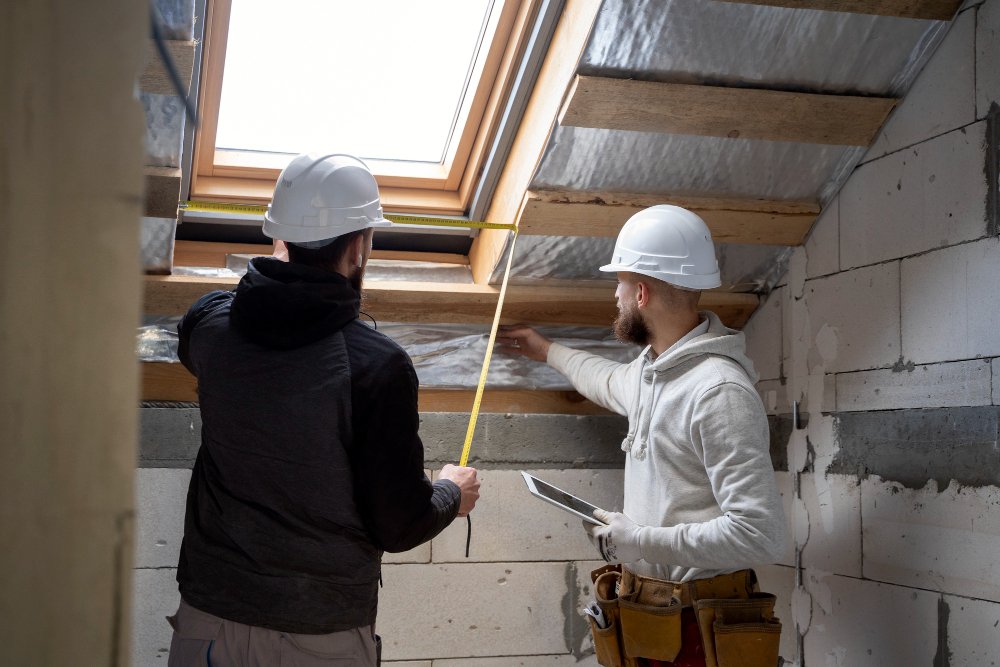
2. Underestimating the Budget
Another common error is underestimating the true cost of the project. Many homeowners focus only on the obvious expenses like materials and labor but forget about additional costs such as permits, unforeseen repairs, and finishing touches like landscaping.
Budgeting Tips:
- Include a contingency fund for unexpected expenses (typically 10-20% of your budget)
- Consider the cost of permits, inspections, and fees
- Don’t forget about post-construction costs like furniture and décor
3. Neglecting to Secure Proper Permits
Building codes and zoning laws exist for a reason. Many homeowners make the mistake of either not obtaining the necessary permits or thinking they can bypass this step to save time or money. This can result in costly fines, project delays, or even having to tear down parts of your addition that don’t comply with local regulations.
How to Avoid Permit Problems:
- Research your local building codes and zoning laws before starting
- Work with your contractor to ensure all necessary permits are secured
- Don’t proceed with construction until you have the proper approvals
4. Hiring the Wrong Contractor
Choosing the wrong contractor can be one of the most expensive mistakes you make. A contractor who lacks experience or doesn’t communicate well can lead to delays, budget overruns, and subpar workmanship. It’s crucial to vet potential contractors thoroughly before signing any agreements.
Tips for Hiring the Right Contractor:
- Ask for references and check online reviews
- Ensure they are licensed and insured
- Request a detailed contract outlining the scope of work, timeline, and payment schedule
5. Not Matching the Addition with Your Existing Home
A common oversight is designing an addition that doesn’t blend with the architectural style or size of your existing home. Mismatched rooflines, materials, or even window styles can make your addition look out of place and lower your home’s overall value.
How to Ensure a Seamless Addition:
- Consult an architect or designer to create a plan that complements your current home
- Choose materials and finishes that match or enhance your existing home’s aesthetic
- Pay attention to proportions, ensuring the addition doesn’t overwhelm your home
6. Ignoring Energy Efficiency
Many homeowners overlook the long-term energy costs associated with their new space. An inefficient home addition can lead to higher utility bills, which will ultimately negate some of the benefits of expanding your living area.
Energy Efficiency Tips:
- Install proper insulation to reduce heating and cooling costs
- Choose energy-efficient windows and doors
- Consider eco-friendly materials and appliances
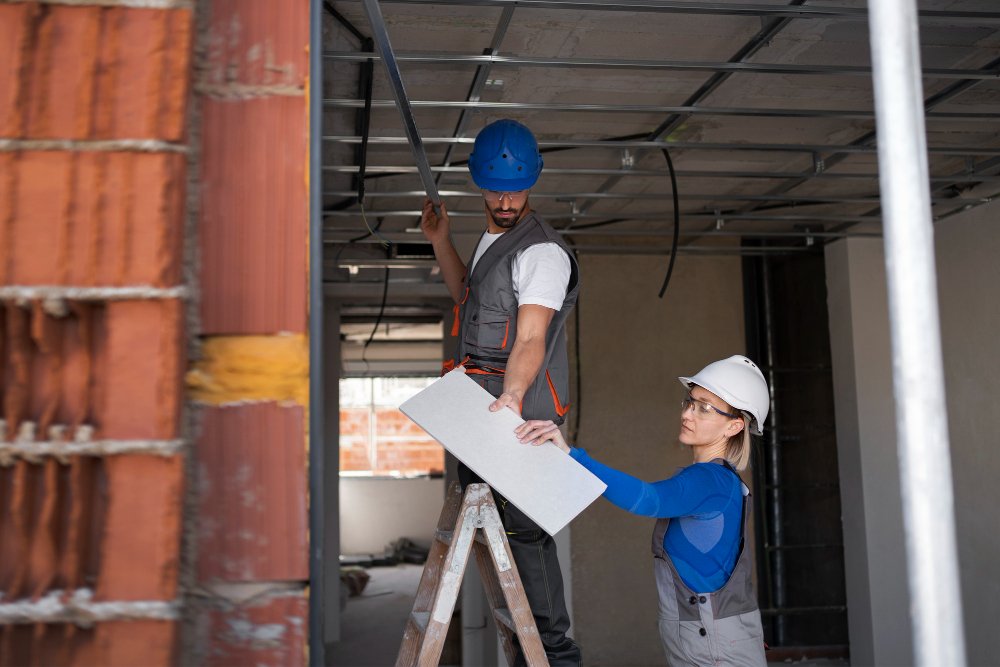
7. Failing to Account for Future Needs
When planning a home addition, it’s easy to focus solely on your current needs and forget about the future. Life circumstances change—families grow, children leave home, and lifestyles evolve. Designing a flexible space can save you from needing another costly renovation in a few years.
Considerations for Future-Proofing Your Addition:
- Include adaptable spaces that can serve multiple purposes
- Opt for durable, low-maintenance materials that will stand the test of time
- Consider adding features like wider doorways or ramps for aging in place
8. Overlooking the Impact on Outdoor Space
While expanding your home’s footprint, don’t forget about the impact on your outdoor space. Whether it’s reducing your backyard, blocking sunlight from entering your home, or eliminating space for outdoor activities, poorly planned additions can affect your home’s exterior living area.
How to Protect Your Outdoor Space:
- Plan the addition in a way that preserves yard space
- Consider how the addition will affect sunlight and views
- Leave room for landscaping or outdoor entertaining areas
9. Not Anticipating Construction Delays
Construction delays are a common occurrence, often caused by weather, labor shortages, or supply chain issues. While some delays are unavoidable, failing to plan for them can lead to frustration and budget overruns.
How to Prepare for Delays:
- Build a buffer into your timeline for unexpected delays
- Maintain open communication with your contractor to address issues as they arise
- Be flexible with your completion date
10. Poor Communication with Your Contractor
Even the most experienced contractors can’t read your mind. Homeowners often assume their contractor knows exactly what they want, but vague or unclear instructions can lead to mistakes, delays, and rework.
Tips for Effective Communication:
- Have regular check-ins with your contractor to discuss progress
- Provide clear, detailed instructions for every aspect of the project
- Keep an open line of communication for any changes or concerns
11. Not Planning for Temporary Disruptions
Living through a construction project can be disruptive, particularly if the addition affects key areas of your home like the kitchen or bathrooms. Many homeowners fail to consider how the construction will impact their daily lives and don’t make adequate plans for temporary living arrangements.
How to Minimize Disruptions:
- Set up a temporary kitchen or bathroom if major areas are affected
- Work with your contractor to schedule noisy or disruptive work during times when you’ll be away
- Consider staying with family or in a rental if the construction is extensive
12. Neglecting to Review the Contract Thoroughly
The contract with your contractor is the most important document in the entire process. Homeowners often make the mistake of signing a contract without reading or fully understanding the terms, leading to disputes later on.
What to Look for in a Contract:
- Clear scope of work with detailed timelines and deliverables
- Payment schedule that aligns with project milestones
- Provisions for changes and how they’ll affect cost and timeline
13. Not Planning for Electrical and Plumbing Needs
When adding new rooms or extending existing ones, homeowners sometimes forget to plan for the electrical and plumbing needs of the space. This oversight can lead to costly changes mid-project or limit your options for using the space.
Electrical and Plumbing Considerations:
- Plan the placement of outlets, switches, and light fixtures ahead of time
- Ensure the addition’s plumbing connects seamlessly with your existing system
- Consult with an electrician and plumber during the design phase to avoid issues
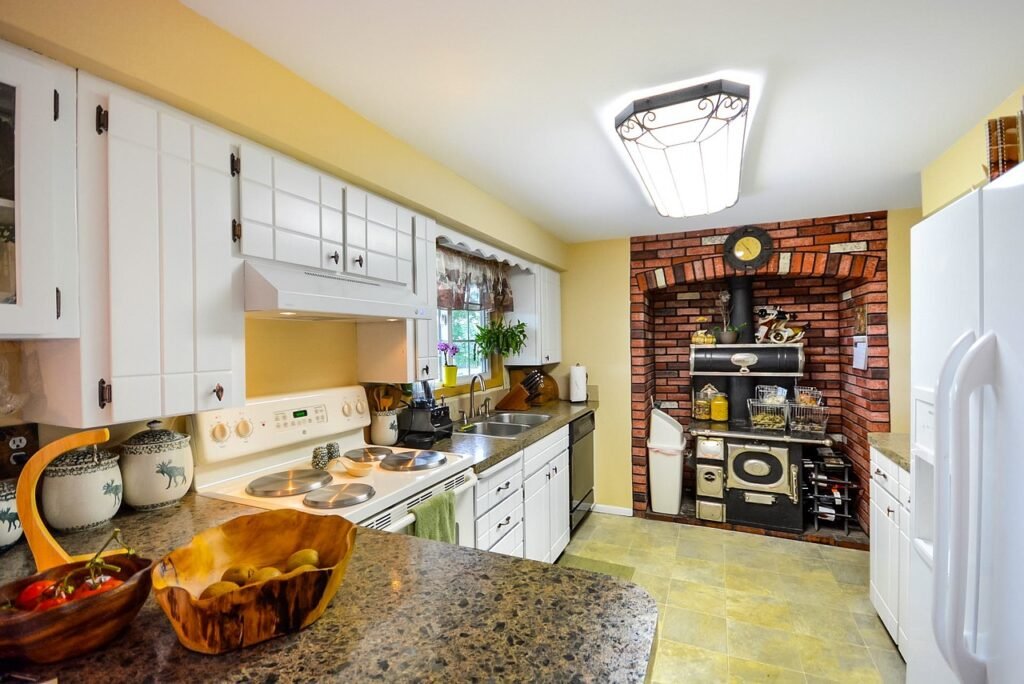
14. Skipping the Final Inspection
Once the construction is complete, don’t make the mistake of skipping the final inspection. This step ensures that everything is built according to plan and meets safety codes.
Importance of a Final Inspection:
- Identifies any issues or defects that need correction
- Ensures compliance with building codes
- Gives you peace of mind that the project is finished correctly
15. Not Considering Resale Value
Lastly, while it’s important to create a space that meets your needs, you should also think about how your addition will affect your home’s resale value. Adding too much square footage or using unconventional designs may turn off potential buyers down the road.
How to Enhance Resale Value:
- Stick to designs that appeal to a wide range of buyers
- Avoid over-improving your home for the neighborhood
- Focus on features that add functional value, like extra bedrooms or upgraded kitchens
Conclusion
Building a home addition is an exciting but challenging endeavor that requires careful planning and execution. By avoiding these common mistakes, you can ensure your project stays on track, within budget, and enhances both the functionality and value of your home. Remember, the key to success is thorough preparation, clear communication, and a focus on long-term quality and efficiency.
